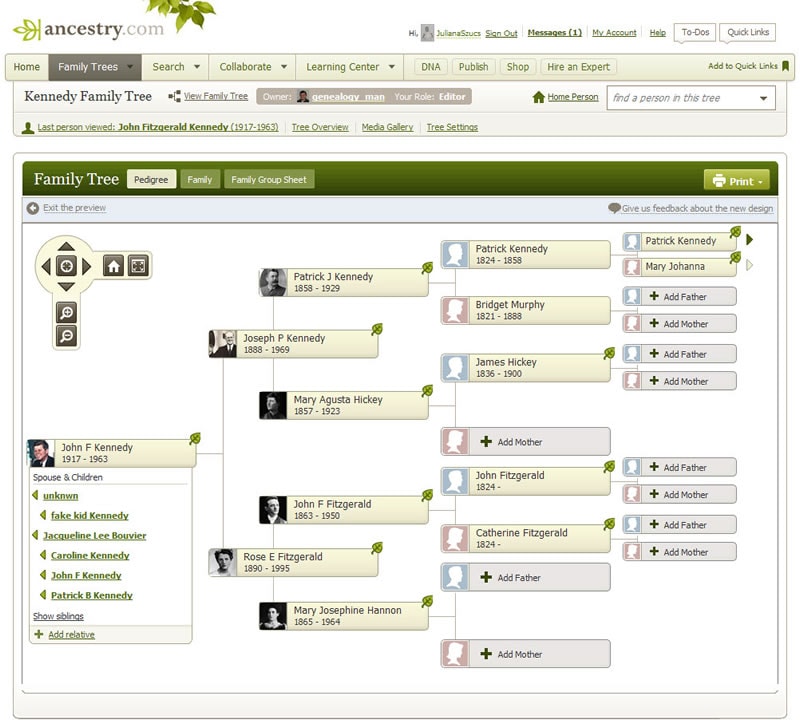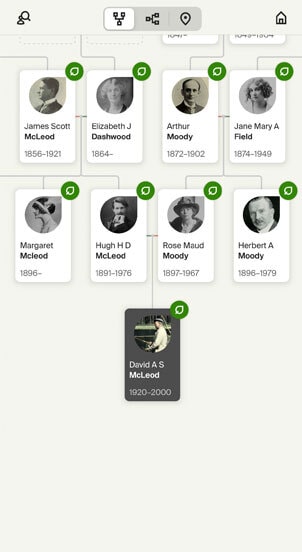Your family tree is the backbone of your genealogy. Not only does it provide you with all of the information about your ancestors, but it also helps you to connect with them on a deeper level, as well. In this article, we’ll discuss how to get started with creating your family tree!
Introduction
Image Source: Link
There are many ways to get to know about your ancestors. One way is to create a family tree. This will give you a detailed history of your ancestors and their families. There are many online tools that you can use to create your family tree. You can also find family trees at libraries or genealogical societies. It can be fun to research your ancestors and learn about their lives.
What is a family tree?
Image Source: Link
A family tree is a great way to get to know your ancestors by tracing their lives and connections through time. It can be fun and educational to create your own family tree, and it can also be an invaluable tool for genealogists and historians.
There are a few things to keep in mind when creating your family tree: first, make sure you have accurate information about each ancestor. Second, focus on connecting as many ancestors as possible rather than representing them in a specific order. Finally, remember that trees can grow very large over time, so be prepared to spend some time researching your family history!
Planning your tree
If you’re like most people, your family tree is a mystery. You have some vague memories of your great-grandparents and maybe aunts and uncles, but you have no idea how they all fit together or who their ancestors were.
That’s where genealogy comes in. Genealogy is the study of your family history, from the moment your ancestors left their homeland to the present day. It can be a lot of work, but it’s worth it if you want to know more about your relatives and connect with them on a deeper level.
To get started, you’ll need to gather some information. Your first step is to create a family tree using genealogy software or online tools. This will help you track down vital information such as birth dates, marriage dates, and death dates for everyone in your family tree.
Once you have this data, it’s time to start piecing it all together. Start by finding out who your ancestor was born to and then trace their lineage backwards until you find them. Once you know who your ancestor was, look for clues about their life in historical documents (like census records), letters, diaries, or other artifacts.
Finally, try to connect with your relatives on social media or in person and ask them about their families history. It might take some time and effort but getting started on your family tree is well worth it!
How to research your ancestors?
Image Source: Link
There are many ways to research your ancestors, depending on how much time and resources you have. Here are five tips for getting started:
- Start with online resources. Many genealogical websites offer free search tools that allow you to explore your family tree online. You can also use these tools to find birth, marriage, and death records; census data; military records; and other information about your ancestors.
- Use library resources. If you don’t have access to the internet or don’t have time to search online, check out your local public or private library. Many libraries offer free genealogical resource materials, including databases of birth, marriage, and death records; census data; and military records.
- Consult family history books and magazines. If you’re comfortable with writing in cursive handwriting, consult family history books or magazines aimed at beginners. These books often include step-by-step instructions for tracing your family tree using traditional methods such as interviewing relatives and searching parish registers.
- Ask friends and relatives for help. Most families are willing to share information about their ancestors if you ask politely and make an effort to be respectful of their privacy. If you don’t know anyone who can help you research your family history, try posting a notice in a local community newspaper or mailing list seeking volunteers who may have information relevant to your ancestor’s story.
Tips on completing your family tree
Image Source: Link
- Start by finding your ancestors’ birth and death dates. You can find this information in census or parish records, or in family stories.
- Once you have the dates, begin tracing your family tree back to the source documents. Try to find as many details about your ancestors as possible- including their names, where they were born, what jobs they had, and where they lived.
- Once you have gathered all of the information you can, start creating a timeline of your ancestors’ lives. This will help you piece together their stories and connect them to one another.
- Finally, share your family tree with others so that everyone can learn more about their heritage!




